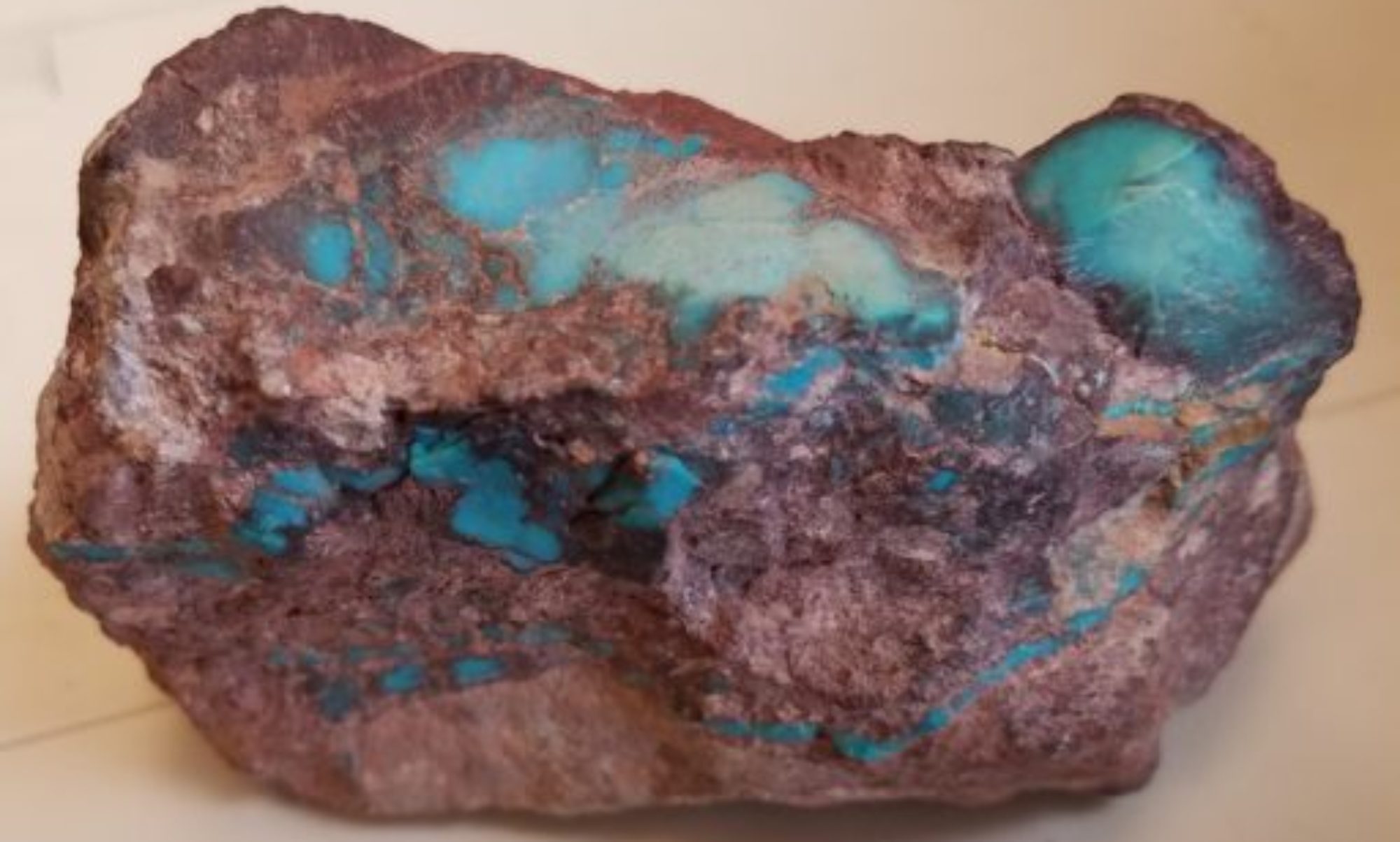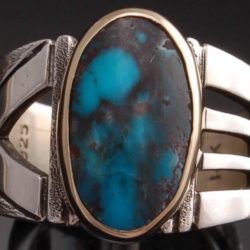The Lavender Pit is an open pit copper mine near Bisbee in Cochise County, Arizona, United States. It is near the famous Copper Queen Mine. Most Noteworthy, the Lavender Pit name is to honor Harrison M. Lavender (1890–1952). A Vice-President and General Manager of Phelps Dodge Corporation, Mr. Lavender conceived and carried out this plan for making the previously unprofitable low-grade copper bearing rock of the area into commercial copper ore. Lavender brown, coincidentally, is also the color of the conglomerate rock which hosts the famous Bisbee Blue Turquoise.

Phelps Dodge Corporation opened the Lavender Pit in 1950, at the site of the earlier, higher-grade Sacramento Hill mine. Production through 1974 totaled 86 million tons of ore averaging about 0.7% copper. This equates to about 600,000 tons of copper produced, with gold and silver as byproducts. About 256 million tons of waste were stripped, but a portion of this was acid-leached for additional copper. Especially relevant, is that turquoise is also a by-product of this mining activity. Practically speaking, turquoise is in the top 100 feet of soil at some copper mines. Turquoise forms in dry, arid areas. Mining operations in the open pit end in 1974.
Due to the host rock, this pit has much steeper sides than other open pit copper mines in the southwest area. The pit covers an area of 300 acres (1.2 km²), and is 900 feet (274 m) deep.
Finally, the open pit is visible from the roadside, just East of the town of Bisbee. As a result, there are several pull-outs from which you can view the large hole and take photographs. Along the rim is the structure of the former Bisbee Blue turquoise store, which sold Bisbee Turquoise and turquoise jewelry. Portions of the preceding information is from Wikipedia.

***We buy and sell Bisbee turquoise through our SSL secure website Real Turquoise You can also visit our contact page.
Old Bisbee Turquoise 1990 – 2025 © Schannep Ventures L.L.C. ALL RIGHTS RESERVED

